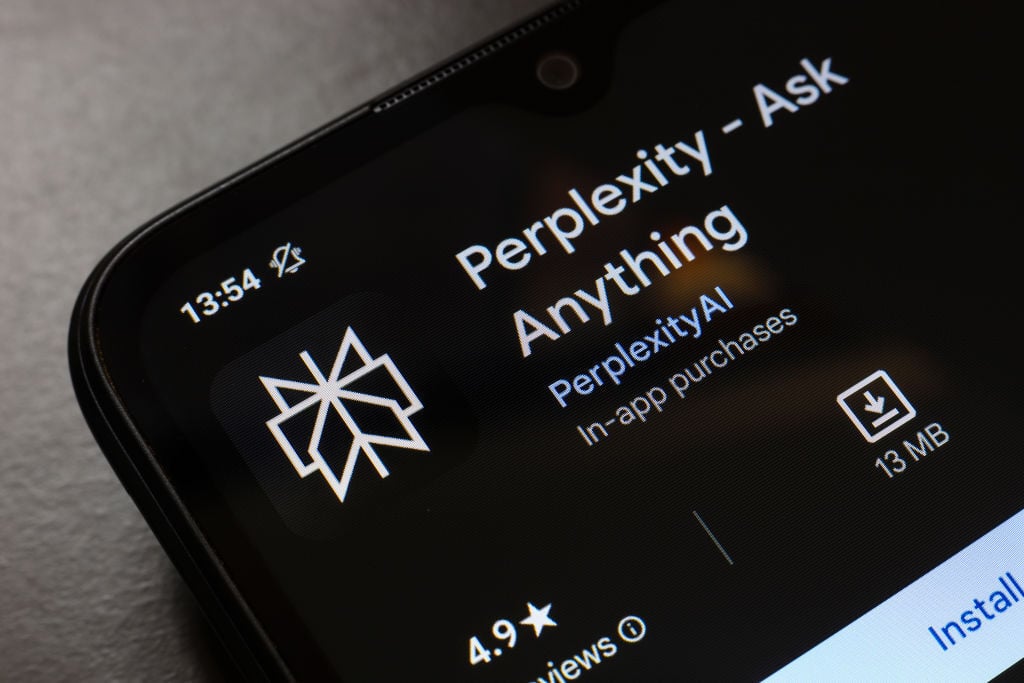
Perplexity also has a Deep Research tool now, and it’s powered by a version of DeepSeek R1.
According to the announcement, the AI search engine’s new tool does “in-depth research and analysis on your behalf,” by crawling the web and compiles a comprehensive report of its findings. If Deep Research sounds familiar, that’s because Google and OpenAI both have their own versions of the research tool for Gemini and ChatGPT respectively — yes, they’re both also called Deep Research. XAI’s new Grok 3 took some creative liberties and called its research tool Deepsearch.
But while Google, OpenAI and xAI’s research tools rely on their own proprietary models, Perplexity uses a customized version of the open-source DeepSeek R1. Perplexity CEO Aravind Srinivas confirmed this in a follow-up to a Feb. 3 post on X saying, “can easily enable something like Deep Research at 10-100x lower pricing, using a custom version of R1.” About a week later Srinivas indicated that this is what Perplexity did by reposting replying, “done” with a checkmark emoji.
Perplexity is offering Deep Research free of charge for its users — with limitations. Non-paying Perplexity users get free access to “limited number of answers per day,” and paying subscribers get unlimited access as part of the $20 a month Pro plan. This is different from Google Gemini, ChatGPT, and Grok 3 which only offer their research tools to paying users.
While Perplexity based its Deep Research off of DeepSeek’s R1 model, because R1 is open-source, it means that programmers can tweak and customize it for their own purposes. Last week, Perplexity introduced its own open-source version of R1, called R1 1776, “that has been post-trained to provide uncensored, unbiased, and factual information.” This is a direct response to claims that the original R1 censors responses criticizing the Chinese government.
But Perplexity Deep Research is not without flaws. Decoder discovered that the tool inaccurately attributed the term “stochastic parrots” to AI researcher Gary Marcus, when in fact it was coined by Emily M. Bender in a research paper. Users have also noted that Perplexity Deep Research gives outdated and inaccurate data, which is a problem since the company has touted it as tool for investment and market analysis. Srinivas said in an X post that they’re addressing the issues, adding “for finance specifically, data accuracy is a must and high stakes.”
But it just goes to show that hallucination for all LLMs is a persistent problem that might not ever go away, so use with caution.






